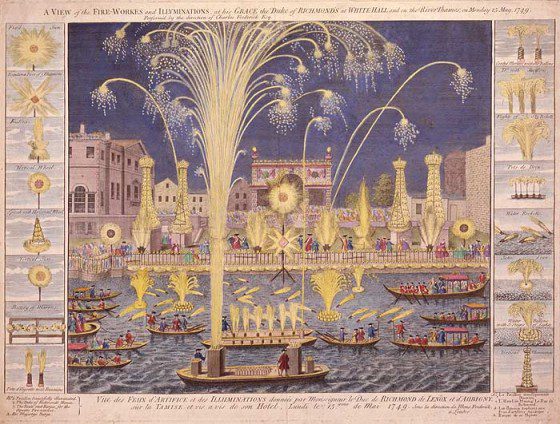By Gary C. Daniels
In 1526, Spanish explorer Lucas Vazquez de Ayllon landed in modern-day South Carolina around the area of the Santee River. He visited with many of the Native American tribes in the area and recorded their customs, rituals, and ways of living. While visiting a province named Duhare he witnessed many unusual things.
First, he noted that the people of this province were white not Native American. Second, he noted that the king of Duhare, named Datha, and his wife were much taller than the commoners and lived in a palace built of stone. He noted their hair was brown and hung to the ground. If tall, long-haired caucasian people living in a stone palace in South Carolina in 1526 isn’t unusual enough, the next observation certainly is. Ayllon noted that these people were in possession of some form of pyrotechnic devices including sparklers and rockets.
Ayllon’s accounts were recorded by Peter Martyr d’Anghiera in his book De Orbe Novo. The reference to sparklers and rockets appears as follows:
--Testimony of Francisco de Chicora, paragraph 12
Fireworks were first invented in China in the 7th century, were known in the Middle East by 1240 and the earliest evidence of rocket-propelled fireworks is from 1264. Yet, according to Wikipedia, fireworks didn’t become available in Europe until the 1650s. This is over 70 years after these pyrotechnic devices were first witnessed in South Carolina which likely explains why the Spanish in 1526 and the English in the early 1700s were so shocked and amazed by these displays. They had, in fact, never seen fireworks before. So who could have brought fireworks to the southeastern United States before these pyrotechnic devices had even arrived in Europe?
Any of these people could be lying or exaggerating. The Spanish explorers often invented stories to impress the people back home. Hence the tales of El Dorado and the Seven Cities of Gold. Church officials may have invented "white Indians" to explain why the Natives were civilized rather than savage. And Daniels may be pushing an "ancient astronauts" theory for the same reason--to explain why the Indians weren't as savage as expected.
But let's assume everyone was telling the truth. Here are a few alternate theories to explain the people:
1) Some Indians were light-skinned by nature. The Spanish mistook them for Caucasians.
2) The local Indians intermarried with Spaniards from previous expeditions (Columbus landed 34 years earlier).
The fireworks:
3) The local Indians used some physical or chemical trick not involving gunpowder to produce a fireworks-like effect.
4) The local Indians stole gunpowder from previous expeditions, learned how it worked, and used it to produce a fireworks-like effect.
5) A few Indians independently invented gunpowder, kept it a closely guarded secret, and used it in special cases.
Or both:
6) The Duhare were descended from lost Chinese explorers who brought gunpowder with them. After they intermarried with Indians, the Spanish mistook them for Caucasians.
Since Daniels doesn't explain the fireworks at all, I think my theories are as plausible as his.
Occam's Razor says the simplest explanation is usually the best one. A lost Irish tribe that didn't understand fireworks doesn't seem like the simplest explanation to me. I'd go with a combination of #1 or #2 and #4 myself.
For more on related subjects, see Maya Ruins in Georgia?! and Madoc and the Welsh Indians.
Below: "An etching of the Royal Fireworks display on the Thames, London, England in 1749."


2 comments:
Technically, Occam's razor is "Entities must not be multiplied beyond necessity."
Basically don't add anything that isn't needed. A hypothesis must be elegant, meaning simple but functional.
"Occam's Razor says the simplest explanation is usually the best one"
And as per "truth is stranger than fiction", the real world typically defies the Razor, providing unlikely and amazing explanations.
The Razor does work sometimes, but it tends to be relied on way too much out of what is perhaps a basic human need to explain and order the chaos that the world presents to us. What better way to do this than a 'rule' that arbitrarily demands simplicity.
Post a Comment